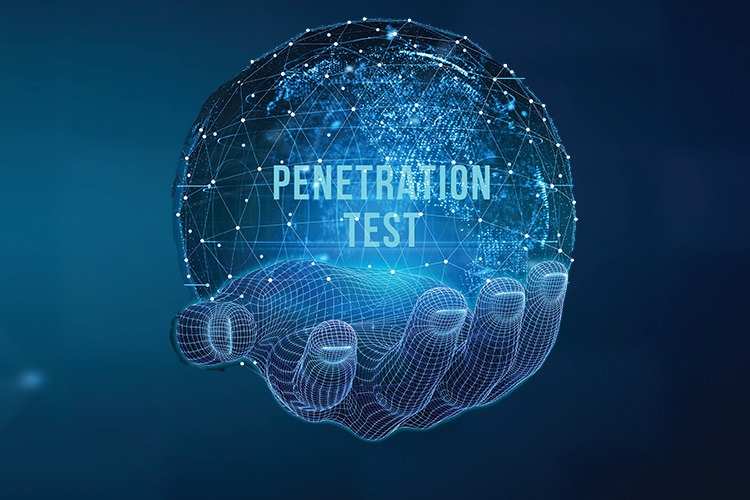Physical Penetration Testing – 6 Key Facts
Ensuring the security of your physical assets: in today’s digital age, it’s easy to overlook the importance of securing physical assets. While cybersecurity measures are crucial, physical security is equally essential in protecting sensitive information and valuable resources.
This is where physical penetration testing comes into play.
1: What’s PPT also known as and what’s the formal definition?
Physical penetration testing, also known as physical security testing or red teaming, evaluates an organisation’s physical security measures by simulating real-world breaches to identify vulnerabilities and weaknesses in physical infrastructure, access controls, and security protocols.
2: What does it test?
Physical penetration testing aims to assess an organisation’s ability to prevent unauthorised access, theft, or damage to physical assets. By conducting these tests, businesses can uncover potential flaws in their security systems and take proactive measures to address them.
3: What are the benefits?
One of the main benefits of physical penetration testing is its ability to provide a holistic view of an organisation’s security posture. While cybersecurity measures may be robust, physical vulnerabilities can still pose a significant risk. Physical penetration testing helps bridge this gap by identifying weaknesses that malicious actors could exploit.
4: How is it done?
Physical penetration testing typically involves a series of carefully planned and executed tests. These tests range from simple attempts to bypass access controls to more complex scenarios involving social engineering, lock picking, and physical intrusion.
The aim is to evaluate the effectiveness of various security measures, such as surveillance systems, alarms, locks, and access control mechanisms.
During a physical penetration test, experienced security professionals, often referred to as red teamers, use their expertise to identify vulnerabilities and exploit them just as an actual attacker would. They document their findings and provide a detailed client report highlighting weaknesses, potential risks, and recommendations for improvement.
5: What venues is it suitable for?
Physical penetration testing is not limited to large venues, office spaces, or data centres. It can also be applied to critical infrastructure such as power plants, transportation systems, and sporting facilities. By conducting these tests, organisations can identify vulnerabilities that could have catastrophic consequences if exploited.
6: Who should be involved?
To ensure the success of a physical penetration test, key stakeholders, including security personnel, facility managers, and organisation leaders, must be involved. This collaborative approach helps create awareness, ensure cooperation, and facilitate the implementation of necessary security improvements.
In conclusion, physical penetration testing is vital to an organisation’s overall security strategy. It goes beyond traditional cybersecurity measures and focuses on evaluating physical security measures.
Businesses can identify vulnerabilities, address weaknesses, and enhance their overall security posture by conducting these tests. Investing in physical penetration testing is an investment in protecting physical assets, sensitive information, and the overall reputation of an organisation.
So, whether you are a small business or a large enterprise, consider incorporating physical penetration testing into your security practices to safeguard your physical assets effectively.
Al Prescott
HZL Specialist Solutions Ltd.
QNUK Level 4 Physical Penetration Testing Operations (RQF)


